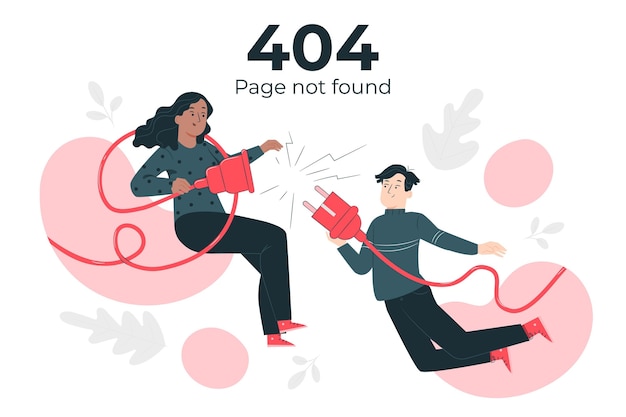How A Smart Seo Agency Uses Guest Posting To Build Long-Term Authority
Jul 10, 2025

Jul 10, 2025

Jul 07, 2025

Jul 07, 2025

Jul 04, 2025

Jul 03, 2025

Jul 01, 2025

Jun 30, 2025

Jun 30, 2025
Sorry, but nothing matched your search "". Please try again with some different keywords.


Analyzing your portfolio of existing backlinks can be more important than getting new ones.
Especially if you own an established website that has been around for at least 3 to 5 years.
In this article, we will show you how to manage your backlinks and implement an often neglected process that will increase your traffic in the long run.
Learn how to fix your broken links and find new opportunities to get traffic from highly-reputable sources!
Dozens of studies have found that almost 30% of website links fall prey to link rot in less than 5 years.
Links tend to break, texts and videos get moved to another platform, and countless websites simply go under.
If you have a relatively young web project, you don’t need to worry about broken links unless you tend to make typos.
But if you have been around for a while, you should pay close attention to your link portfolio.

User experience is paramount. If your website has amassed enough broken links to repel even the die-hard fans of your content, it may be too late to fix it.
Don’t neglect your link structure if you don’t want to frustrate your audience.
Dead links not only lower the trust in your business, but they also get you penalized in the search results due to a higher bounce rate. You don’t have to search for broken links manually. Use popular SEO tools to find them.
Check your important pages and make sure that they load properly. If some of the pages get broken due to a technical issue, you can fix them without having to update the links.
Always keep an eye on the parts of your website that you frequently link to. Refresh the content to keep it relevant.
Dealing with external links is more difficult because you don’t have complete control over them. In addition, they can be much harder to find.

You can leverage dead backlinks to improve your Page Rank and organic traffic. To do that you need to find external links that point to your now-defunct pages. If you have access to those websites or directories, you can update the links manually. Otherwise, contact the webmaster to fix broken backlinks or use redirects on your website.
Another smart tactic is to analyze authority websites in your niche for broken links and missing content. If you find such links, you can create high-quality substitute content, upload it to your website and then offer to link to it.
If you are persistent, you will find a few webmasters willing to do just that, since your solution will benefit you both.

Managing your backlinks can be overwhelming at times but it is well worth it. Backlink research will also help you create better quality content and improve your networking skills.
Read Also
Mashum Mollah is the feature writer of SEM and an SEO Analyst at iDream Agency. Over the last 3 years, He has successfully developed and implemented online marketing, SEO, and conversion campaigns for 50+ businesses of all sizes. He is the co-founder of SMM.
View all Posts
How A Smart Seo Agency Uses Guest Posting To ...
Jul 10, 2025
How To Build An Efficient B2B Demand Generati...
Jul 07, 2025
Lovo AI: Is This AI-Powered Voiced Generation...
Jul 07, 2025
How AI-Powered CRM Is Contributing To Smarter...
Jul 04, 2025
The Role of Pipedrive CRM in Streamlining Dat...
Jul 03, 2025

